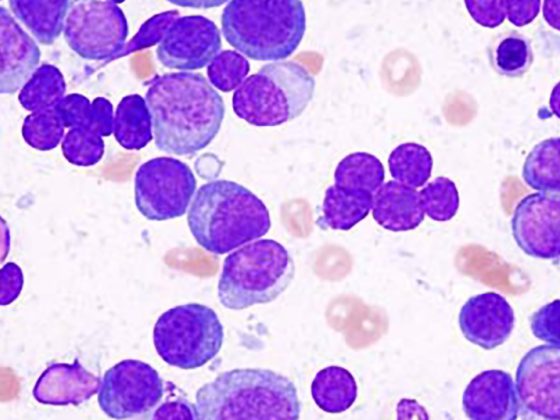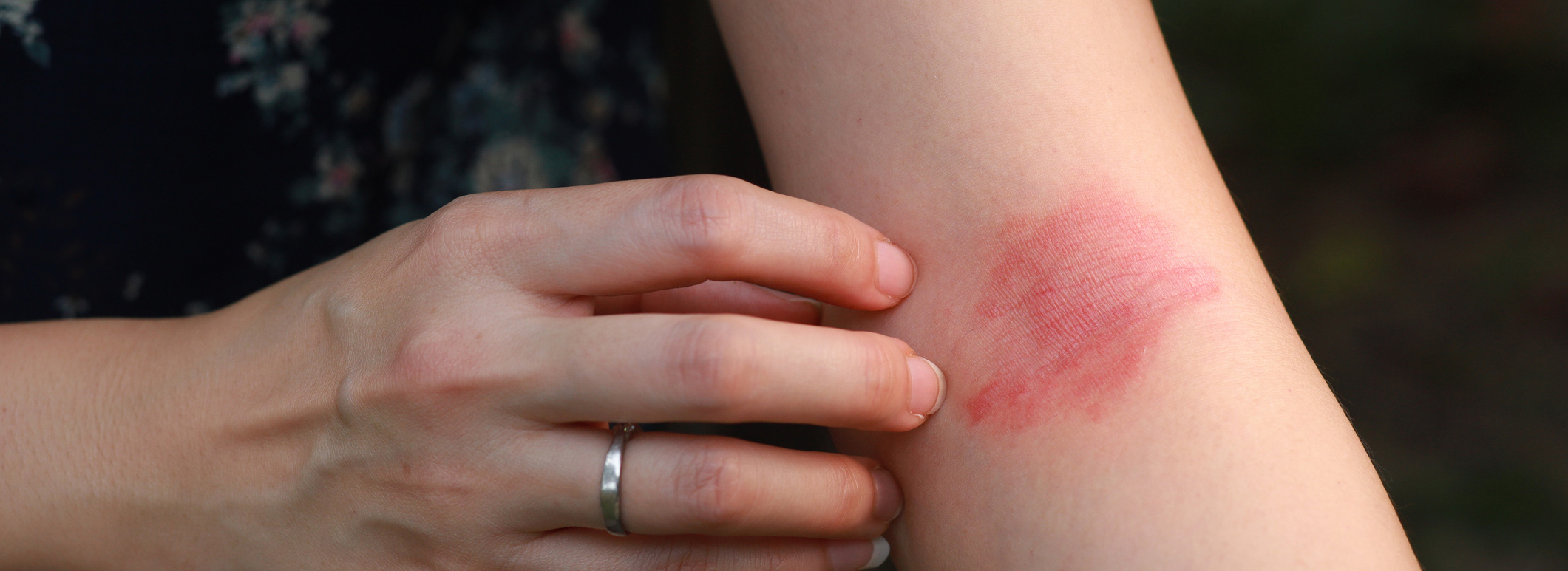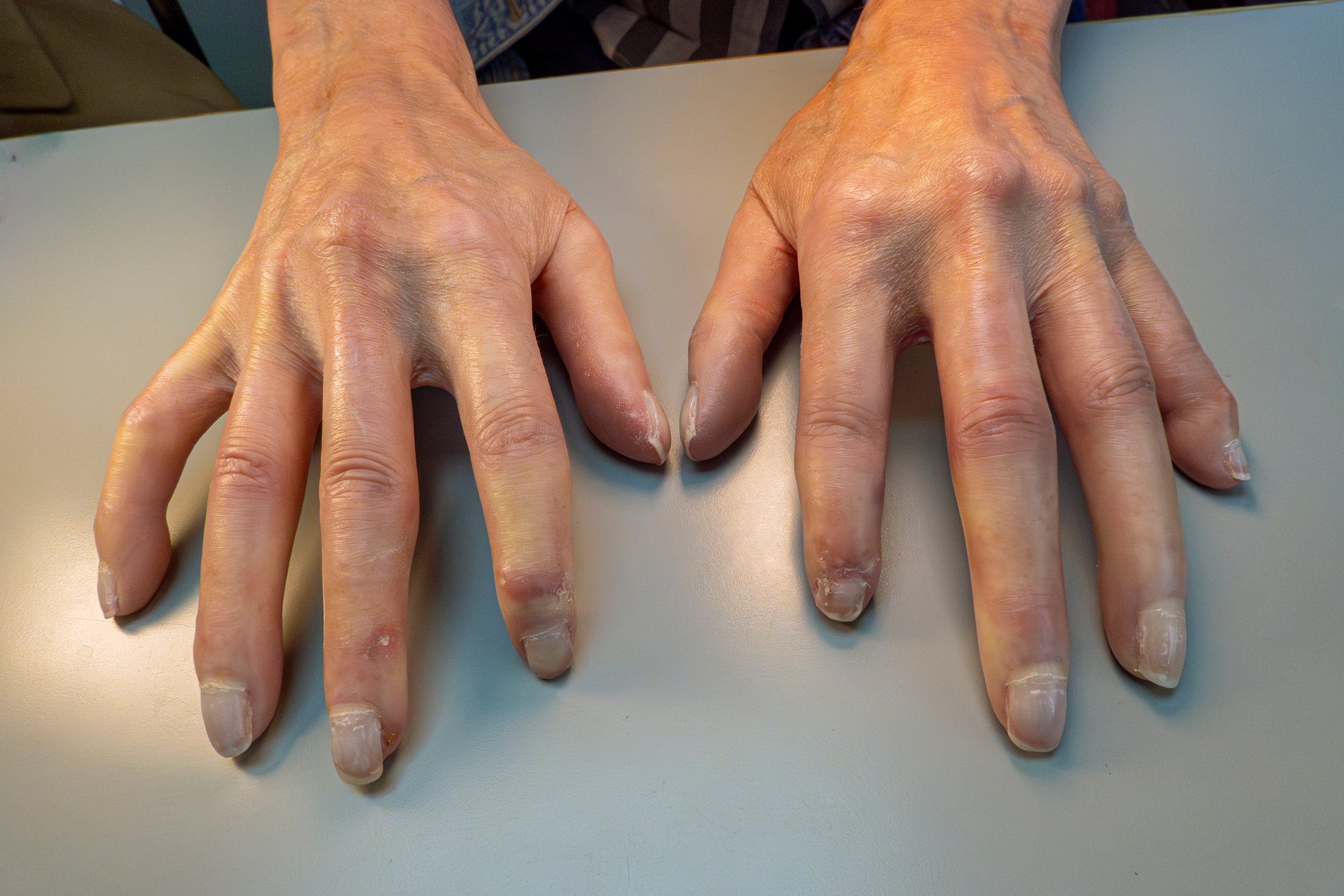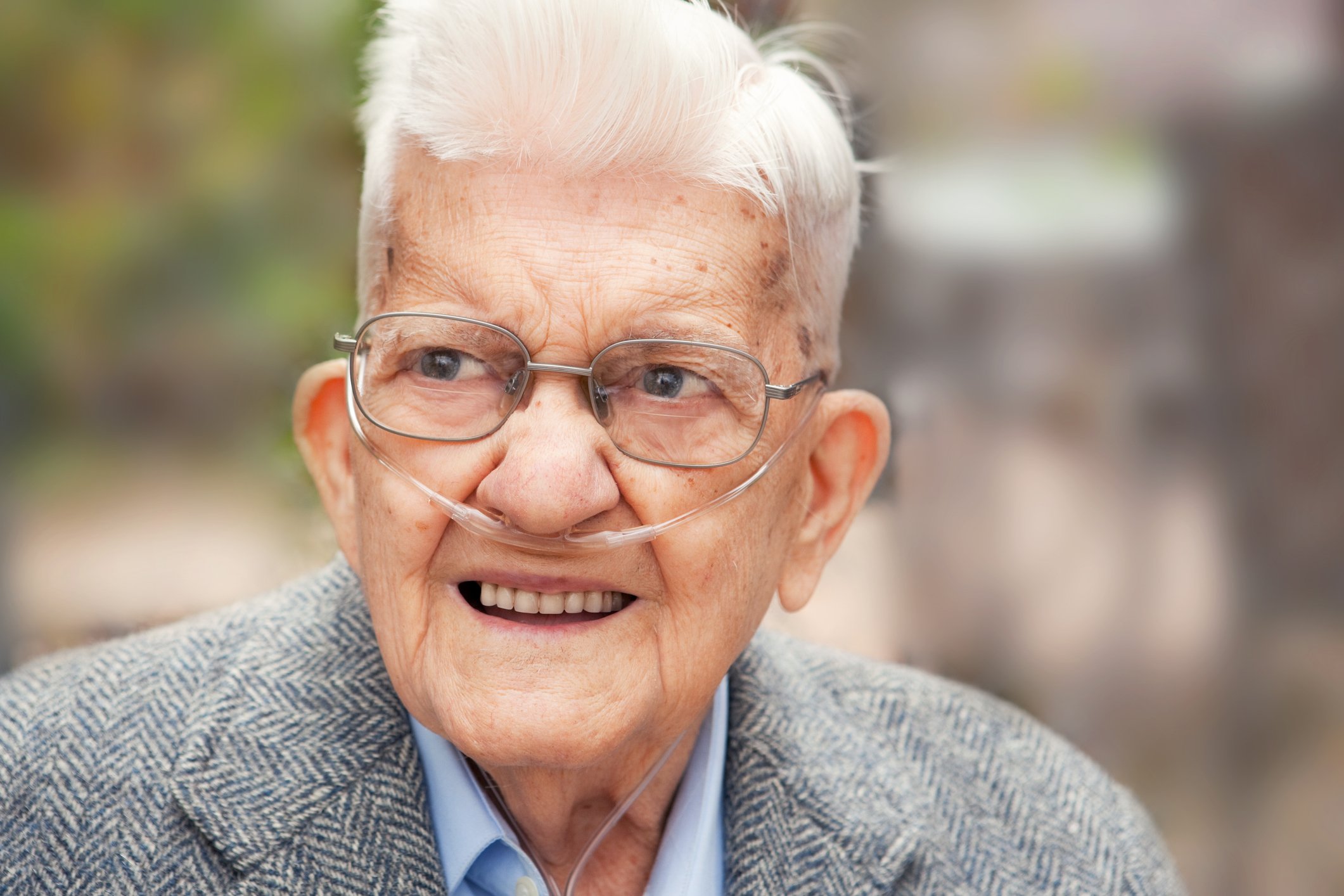Studies document the efficacy and safety of herbal preparations in very different indications of everyday pediatric life. Thus, the attending physician has the possibility to apply phytotherapy in appropriate situations.
In accordance with today’s strict regulatory practices, many drug products are contraindicated in adolescents under 12 years of age and especially many in young children under 4 years of age. Often this is a legal precaution based on a lack of appropriate clinical data. This can be particularly annoying in the case of herbal preparations whose efficacy and safety have often been empirically recognized by physicians for some time.
Two studies that documented the efficacy and safety of herbal medicines in pediatrics will be presented in the sequel.
Witch hazel for children with skin problems
In 2007, a prospective open multicenter observational study of use appeared [1], which reviewed the efficacy of a witch hazel preparation in children between 27 days and eleven years of age with mild skin lesions, diaper dermatitis, and mild skin and mucosal inflammation. The study showed that this herbal preparation based on Hamamelis virginiana (box) is on a par with the synthetic active ingredient dexpanthenol and sometimes even superior in terms of tolerability.
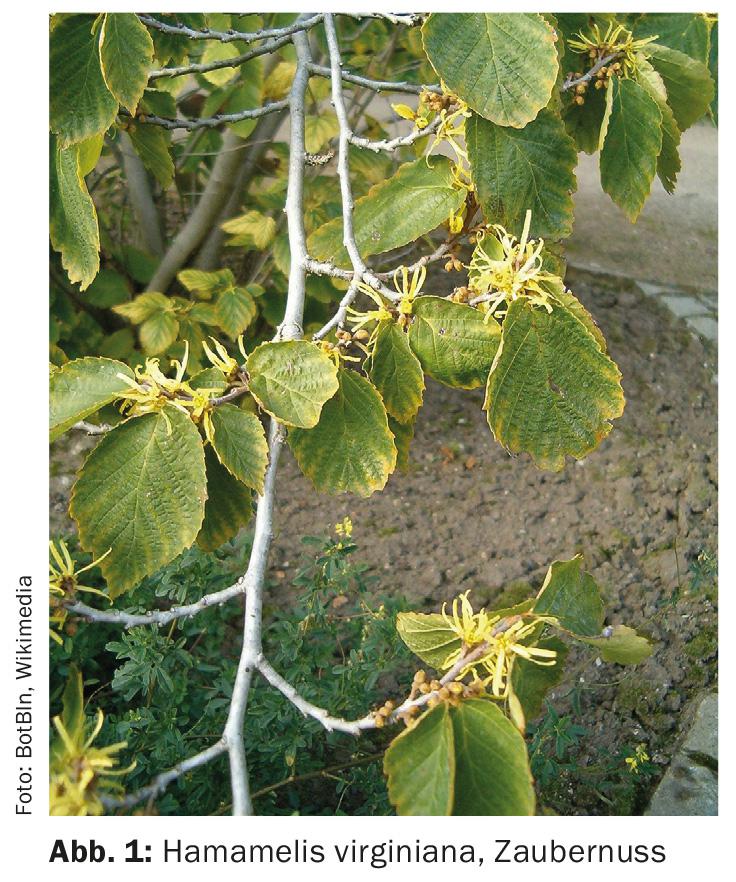
Study design: The study was conducted with 311 children suffering from the mentioned skin problems. Further therapies with corticosteroids, antibiotics, antifungals, or antiseptics were an exclusion criterion. Children received either witch hazel ointment (n=231) or dexpanthenol (n=78) in a 3:1 ratio. Treatment option was determined by the treating physicians, and efficacy was assessed with a 5-point scale (0 absent, 1 mild, 2 moderate, 3 strong, 4 very strong). Values were determined at baseline and after seven to ten days of therapy. Both investigators and parents assessed efficacy and safety after treatment.
Results: Statistically significant improvement in symptoms was observed in both treatment groups (Table 1, p<0.0001). No significant difference was found between treatment groups. For all three diagnoses, the investigators’ and parents’ assessment of efficacy was good to excellent. In terms of safety, witch hazel treatment was judged superior to dexpanthenol treatment by physicians and parents.

A valerian-melissa combination for hyperactivity in school children
Another study [6] shows the efficacy of a herbal combination preparation based on valerian and lemon balm in school children with hyperactivity, lack of concentration, and impulsivity – problems that pediatric physicians have to deal with on a daily basis. The herbal combination preparation used in the study consisted of one standardized extract each of Valeriana officinalis (WS 1014) and Melissa officinalis (WS 1303). Both are long-established medicinal plants with sedative potential.
- WS 1014: 160 mg standardized ethanolic extract (62% m/m) from the roots of Valeriana officinalis (DEV 3-6:1).
- WS 1303: 80 mg standardized ethanolic extract (30% m/m) from the leaves of Melissa officinalis (DEV 4-6:1).
This preparation has already been successfully tested once in 900 children with restlessness and sleep disorders in an open trial [7].
Design: 169 children aged six to eleven years (66% boys, 33% girls) who had been experiencing the above problems for 4-48 months but did not meet criteria for ADHD were recruited in private pediatric practices for this prospective multicenter noninterventional study. Precise exclusion criteria were defined. Children who met the study design received two tablets of the study drug twice daily for seven weeks. The following symptoms were assessed at baseline, after two weeks and at the end of the study using a 5-point scale (0 not present, 4 very strong): Concentration problems, hyperactivity, impulsivity, unbalanced social behavior, difficulty falling asleep and staying asleep, morning fatigue. The parents each had to fill out a questionnaire about their child’s behavior.
Results: At treatment initiation, symptoms of concentration deficit, hyperactivity, and impulsivity dominated (score: between 3.6 and 3.9), followed by imbalanced social behavior (2.7), sleep disturbances (1.9), and morning fatigue (2.5). The seven-week treatment improved all symptoms in patients in a significant way (p<0.00001). Symptom severity decreased from an average of 3.2 scale points to 2.7 during treatment. The percentage of parents who considered their children’s behavior a difficult to very difficult problem decreased from 58% to 18% during treatment.
62% of investigators and 58% of parents rated treatment success as good to very good. Only 9.9% of investigators and 17.9% of parents gave a negative opinion, describing the treatment outcome as weak to moderate. The tolerability of the study drug was rated as good to very good by the study physicians.

Conclusion
The two clinical studies presented here document the efficacy, on the one hand, of a witch hazel ointment for minor skin lesions, mild skin inflammations and diaper dermatitis and, on the other hand, of a valerian-melissa combination for children with hyperactivity, concentration difficulties and sleep disorders. The efficacy and safety of both preparations were rated as good to very good. Thus, pediatricians or general practitioners treating children each have an effective and well-tolerated herbal medicine available for the problems described here, which, given the great demand for herbal medicines present in the population, is sure to meet with the approval of involved parents in many cases.
Literature:
- Wollf H, Kieser M: Hammelis in children with skin disorders and skin injuries: results of an observational study. Eur J Pediatr 2007; 166: 943-948.
- Pfister R: On the problem of treatment and follow-up of chronic dermatoses. A clinical study with Hametum ointment [Problems in treatment and follow-up treatment of chronic dermatoses. A clinical study with Hametum ointment]. Fortschr Med 1981; 99: 1264-1268.
- Korting HC, et al: Comparative efficacy of hamamelis distillate and hydrocortisone cream in atopic eczema. Eur J Clin Pharmacol 1995; 48: 461-465.
- Welzel J, et al: Witch hazel ointment for dry aging skin [Hamamelis ointment for the care of dry aging skin]. Z Phytotherapy 2005; 26: 6-13.
- MacKay D: Hemorrhoids and varicose veins: a review of treatment options. Altern Med Rev 2001; 6: 126-140.
- Gromball J, et al: Hyperactivity, concentration difficulties and impulsiveness improve during seven weeks’ treatment with valerian root and lemon balm extracts in primary school children. Phytomedecine 2014; 21: 1098-1103.
- Müller SF, Klement S: A combination of valerian and lemon balm is effective in the treatment of restlessness and dysomnia in children. Phytomedicine 2006; 13: 383-387.
HAUSARZT PRAXIS 2016; 11(5): 3-4




